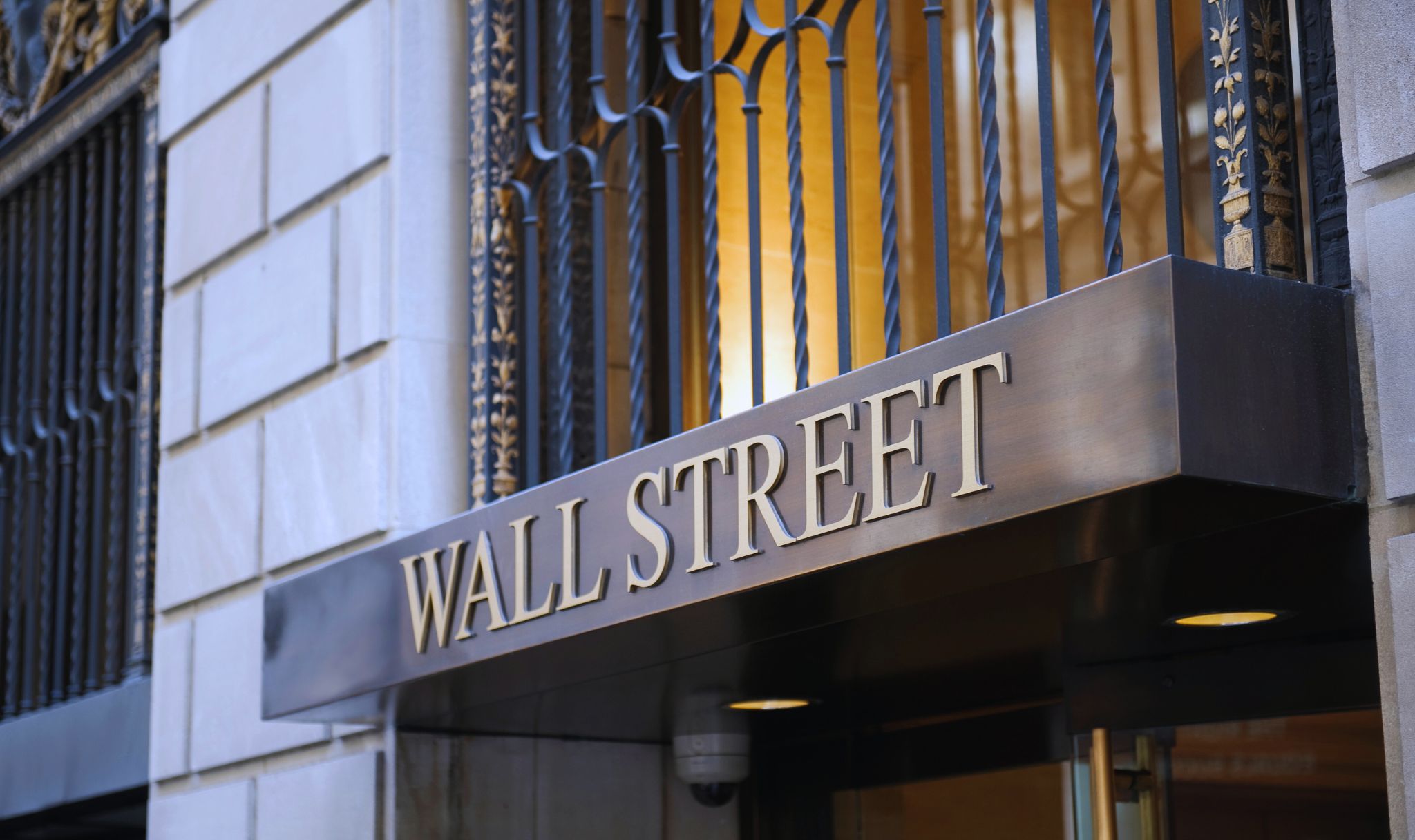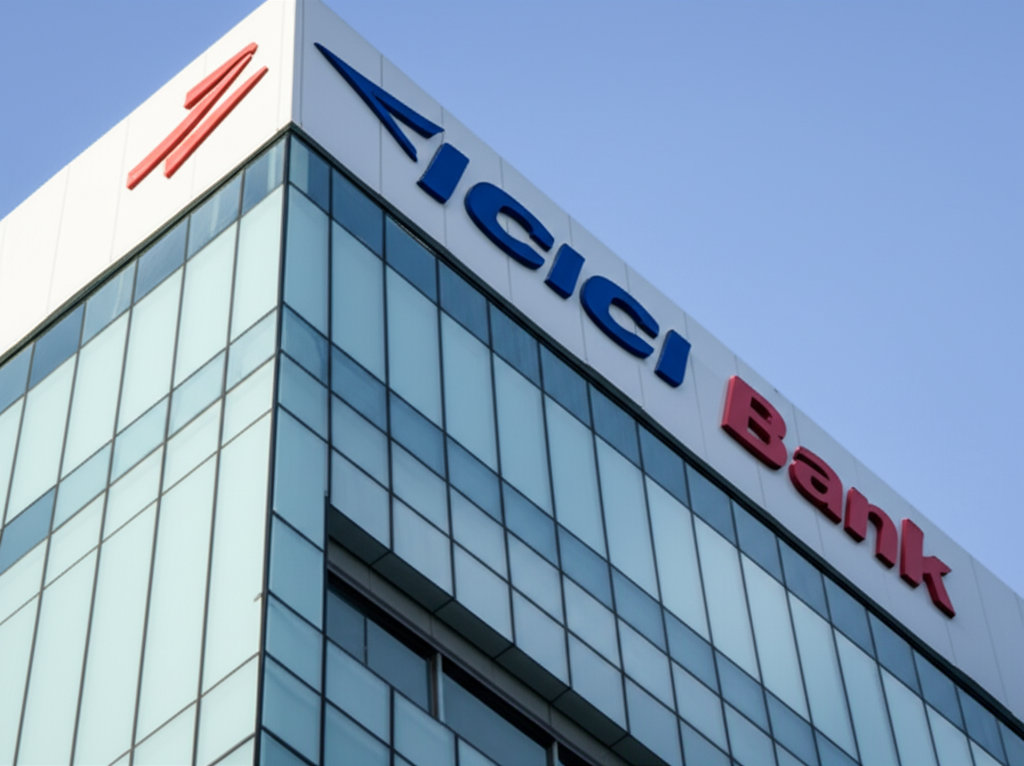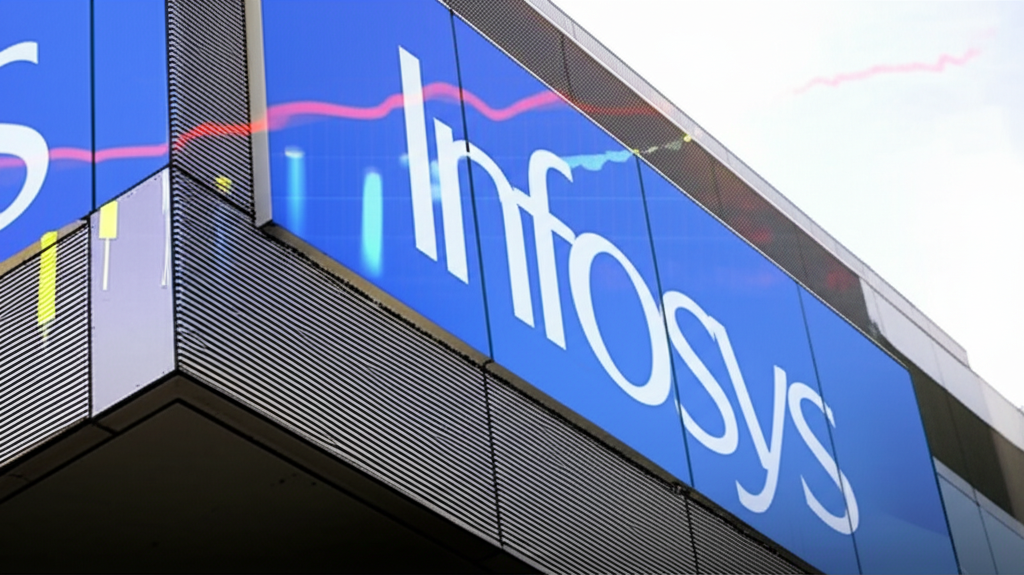Wall Street experienced a day of mixed trading on May 7, 2025, as investors awaited the Federal Reserve’s latest decision on interest rates. The anticipation surrounding the Fed’s policy announcement, coupled with ongoing uncertainties about trade tariffs and corporate earnings, created a volatile market environment. Major indices showed modest movements, with the Dow Jones Industrial Average rising, while the S&P 500 and Nasdaq Composite displayed more subdued performances. Among individual stocks, The Walt Disney Company surged nearly 10% after stellar earnings, while Uber Technologies saw a decline of 2.48% due to disappointing revenue figures. This blog dives into the day’s market dynamics, the Fed’s influence, and the standout performances of Disney and Uber, alongside broader economic and geopolitical factors shaping investor sentiment.
Market Overview: A Choppy Trading Session
US stocks opened the day with cautious optimism, driven by news of upcoming US-China trade talks and expectations of a steady Fed policy. By mid-morning, the Dow Jones Industrial Average was up 0.52%, or roughly 200 points, reflecting strength in consumer discretionary and financial sectors. The S&P 500 edged up by a modest 0.03%, while the Nasdaq Composite dipped 0.43%, weighed down by a sharp 7% drop in Alphabet Inc. shares following regulatory concerns. This mixed performance underscored the market’s uncertainty as traders braced for the Fed’s 2 p.m. rate decision announcement.
Volatility persisted throughout the session, with equities trading in a “seesaw fashion,” as described by Terry Sandven, chief equity strategist at US Bank Wealth Management Group. Investors were grappling with multiple headwinds, including President Donald Trump’s tariffs, which introduced risks of economic slowdown and higher inflation. Despite these concerns, the market’s resilience was evident, supported by pockets of strong corporate earnings and optimism about potential trade resolutions.
By the close of trading, the major indices posted gains, though the session remained choppy. The Dow ended up 284.97 points, or 0.70%, at 41,113.97, driven by Disney’s standout performance. The S&P 500 rose 24.37 points, or 0.43%, to 5,631.28, and the Nasdaq Composite gained 48.50 points, or 0.27%, to 17,738.16. These gains came after two days of losses, signalling a cautious rebound as investors digested the Fed’s decision and ongoing trade developments.
The Federal Reserve’s Role: Holding Steady Amid Uncertainty
The Federal Reserve’s decision to maintain interest rates in the 4.25% to 4.5% range was widely anticipated by financial markets. The central bank’s statement highlighted rising inflation risks and labour market challenges, particularly in light of Trump’s tariff policies, which include a 10% global import tax and up to 145% duties on Chinese goods. Fed Chair Jerome Powell emphasised a “wait and see” approach, noting that the economy remained resilient but faced uncertainties from trade policies and a first-quarter GDP decline of 0.3%.
Powell’s press conference provided further context, as he ruled out preemptive rate cuts to offset tariff impacts. “The economy has been resilient. It’s doing fairly well. Our policy is well-positioned,” Powell said, underscoring the Fed’s cautious stance. Investors interpreted this as a signal that rate cuts were unlikely in the near term, with the CME FedWatch tool indicating a 76.8% chance of steady rates at the June meeting, up from 69% the previous day.
The Fed’s decision had immediate market implications. Treasury yields dipped slightly, with the 10-year Treasury note yield falling to 4.27% from 4.30% late Tuesday. This easing in yields provided some relief to equity markets, though concerns about long-term inflation persisted. Powell acknowledged that tariffs could lead to slower economic growth and higher unemployment if sustained, adding to the market’s cautious tone.
Walt Disney’s Surge: A Bright Spot in the Market
One of the day’s standout performers was The Walt Disney Company, which saw its shares soar nearly 10% in early trading and close up 10.8%. The rally was fueled by a robust fiscal second-quarter earnings report that exceeded Wall Street expectations. Disney reported earnings per share of $1.45, surpassing estimates of $1.20, and revenue of $23.6 billion, up 6% year-over-year. The company’s performance was driven by strong growth in its theme parks and streaming businesses, with Disney+ adding over a million subscribers, defying projections of a modest decline.
Disney’s optimistic outlook further boosted investor confidence. The company raised its full-year earnings forecast, citing continued strength in its domestic parks and streaming platforms. CEO Bob Iger highlighted a new theme park project in Abu Dhabi, describing it as “authentically Disney and distinctly Emirati.” This announcement, combined with the earnings beat, propelled Disney to the top of the Dow’s gainers, contributing significantly to the index’s 0.70% rise.
Despite the day’s gains, Disney’s stock remains down approximately 17% year-to-date, reflecting broader challenges in the media sector, including recent tariffs on foreign movie imports announced by President Trump. These tariffs, set at 100%, have pressured media stocks like Disney and Netflix, though Disney’s strong fundamentals provided a counterbalance on May 7.
Uber’s Decline: A Miss on Revenue Expectations
In contrast to Disney’s success, Uber Technologies experienced a 2.48% drop in its stock price after reporting weaker-than-expected quarterly revenue. The ride-hailing giant posted earnings per share of $0.83, beating estimates of $0.50, but its revenue of $11.5 billion fell short of Wall Street’s projections. Uber’s gross bookings growth also slowed, raising concerns about demand in a potentially softening economy.
The market’s reaction was swift, with Uber’s shares slipping 3.1% in premarket trading and paring some losses by the close. Analysts pointed to competitive pressures in the ride-sharing market and broader economic uncertainties as factors weighing on Uber’s performance. Posts on X echoed this sentiment, with users noting Uber’s revenue miss and slower gains in its rideshare business as key drivers of the decline.
Uber’s challenges come amid a broader slowdown in consumer spending, as evidenced by the first-quarter GDP contraction. The company’s guidance for second-quarter gross bookings and adjusted EBITDA also disappointed investors, adding to the bearish outlook. Despite the day’s losses, Uber’s stock has shown resilience in 2025, though it faces headwinds from economic and regulatory uncertainties.
Broader Market Influences: Tariffs, Trade Talks, and Earnings
Beyond the Fed’s decision and individual stock performances, several factors shaped Wall Street’s mood on May 7. President Trump’s tariff policies remained a focal point, with a 145% tariff on Chinese imports and a 10% global import tax creating uncertainty. These measures have raised concerns about higher consumer prices and potential supply chain disruptions, impacting sectors from technology to media.
However, optimism about US-China trade talks provided a counterbalance. Treasury Secretary Scott Bessent’s confirmation of a meeting with Chinese officials over the weekend lifted market sentiment, contributing to gains in the major indices. Investors viewed these talks as a potential step toward easing trade tensions, though the outcome remains uncertain.
Corporate earnings also played a significant role. In addition to Disney and Uber, companies like Advanced Micro Devices (+2%) and AppLovin (+40% year-over-year revenue growth) reported strong results, bolstering the tech sector. Conversely, Super Micro Computer (-1%) and Marvell Technology (-9%) faced declines, reflecting mixed fortunes in the semiconductor space.
Gold prices, often a barometer of market uncertainty, rose over 2% to $3,316.04 an ounce, driven by safe-haven demand and a weaker dollar. This rally underscored investor caution ahead of the Fed’s decision and amid ongoing trade war risks.
Sector Performance and Market Sentiment
Sector performance on May 7 highlighted the market’s divergent trends. Consumer discretionary stocks, led by Disney, outperformed, with the sector gaining traction from strong earnings. Financials also contributed to the Dow’s rise, supported by stable yields and optimism about trade talks. In contrast, technology stocks lagged, with Alphabet’s 7% drop and weakness in semiconductors weighing on the Nasdaq.
Market sentiment remained cautious, as reflected in posts on X. Traders noted the Fed’s steady policy and Disney’s earnings as key drivers, while expressing concerns about Uber’s miss and broader economic risks. The “wall of worry” described by Sandven persisted, with tariffs and economic weakness tempering bullishness.
Looking Ahead: What’s Next for Wall Street?
As Wall Street moves forward, several factors will shape the market’s trajectory. The Fed’s ongoing “wait and see” approach suggests that interest rates will remain steady unless significant economic data emerges. Investors will closely monitor upcoming jobs reports, inflation figures, and GDP updates to gauge the economy’s health.
Trade negotiations with China will be critical. A resolution could alleviate tariff-related pressures, boosting equities, while prolonged tensions could exacerbate inflation and slow growth. The outcome of Bessent’s meeting with Chinese officials will likely influence market direction in the coming days.
Corporate earnings will continue to drive individual stock movements. With companies like SBI and Kotak Bank reporting this week in global markets, cross-border earnings could impact sentiment. In the US, tech and consumer sectors will remain in focus as investors assess the sustainability of recent gains.
For Disney, the positive momentum from its earnings and theme park announcement could sustain its rally, though media sector headwinds persist. Uber, meanwhile, faces challenges in regaining investor confidence amid competitive and economic pressures. Both stocks will serve as bellwethers for their respective sectors.
Conclusion
May 7, 2025, was a day of cautious optimism on Wall Street, as US stocks navigated the Federal Reserve’s steady rate decision, tariff uncertainties, and a mixed earnings season. The Dow’s 0.70% gain, powered by Disney’s 10.8% surge, contrasted with the Nasdaq’s weaker performance, dragged by Alphabet and Uber’s 2.48% decline. The Fed’s cautious stance, coupled with trade talk optimism, set the stage for a volatile yet resilient market. As investors look ahead, the interplay of monetary policy, trade developments, and corporate performance will continue to shape Wall Street’s path. Disney’s strength and Uber’s struggles highlight the market’s divergent fortunes, offering insights into the broader economic landscape.















0 Comments